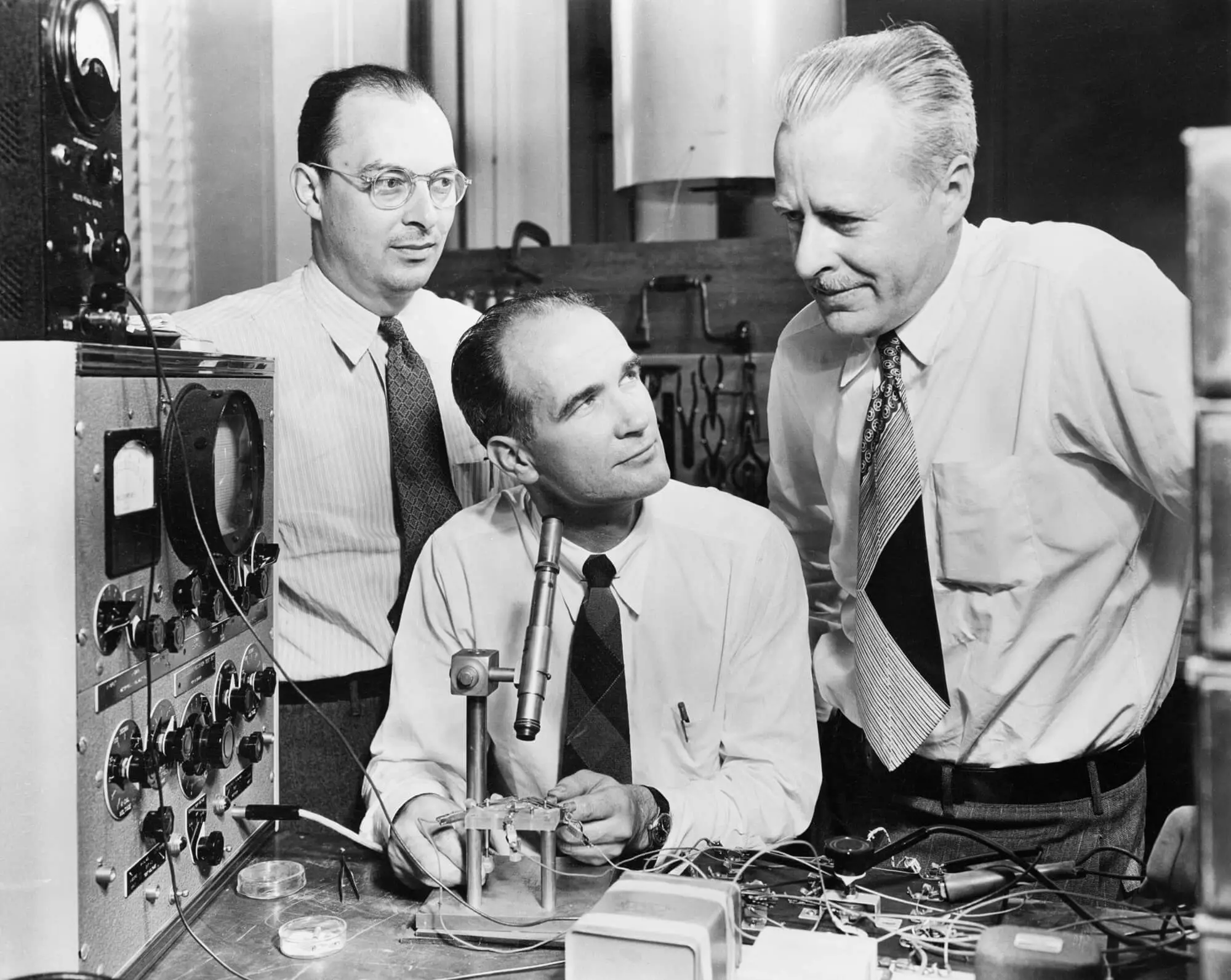Relatively unknown to most people, semiconductor materials (in this case their scarcity) have been at the base of the latest crisis the automobile industry has been experiencing.
At a time when automobiles increasingly resort to circuits, chips and processors, the lack of semiconductor materials has led to production delays, assembly line stoppages and the search for “ingenious” solutions like the one found by Peugeot for the 308 .
But what do these semiconductor materials consist of, the scarcity of which has forced production stoppages in the automobile industry? What types of uses do they have?
What are?
In short, as far as possible, a semiconductor material is defined as a material that can either act as an electrical current conductor or as an insulator depending on various factors (such as ambient temperature, the electromagnetic field to which it is subject, or its own molecular composition ).Taken from nature, there are several elements on the periodic table that act as semiconductors. The most used in the industry are silicon (Si) and germanium (Ge), but there are others such as sulfur (S), boron (B) and cadmium (Cd).
When in a pure state, these materials are called intrinsic semiconductors (where the concentration of positively charged carriers is equal to the concentration of negatively charged carriers).
The ones mostly used in the industry are called extrinsic semiconductors and they are characterized by the introduction of an impurity — atoms of other materials, such as phosphorus (P) —, via a doping process, which allows them to be controlled, without sifting through the smallest details (there are two types of impurities that result in two types of semiconductors, “N” and “P”), their electrical characteristics and conduction of electrical current.
What are your applications?
Looking around, there are several objects and components that need the “services” of semiconductor materials.
Its most important application is in the manufacture of transistors, a small component invented in 1947 that led to an “electronic revolution” and is used to amplify or exchange electronic signals and electrical power.

This small component, produced using semiconductor materials, is at the base of the production of chips, microprocessors and processors present in all electronic devices that we live with on a daily basis.
In addition, semiconductor materials are also used in the production of diodes, the most commonly used in the automobile industry being light-emitting diodes, widely known as LED (light-emitting diode).
